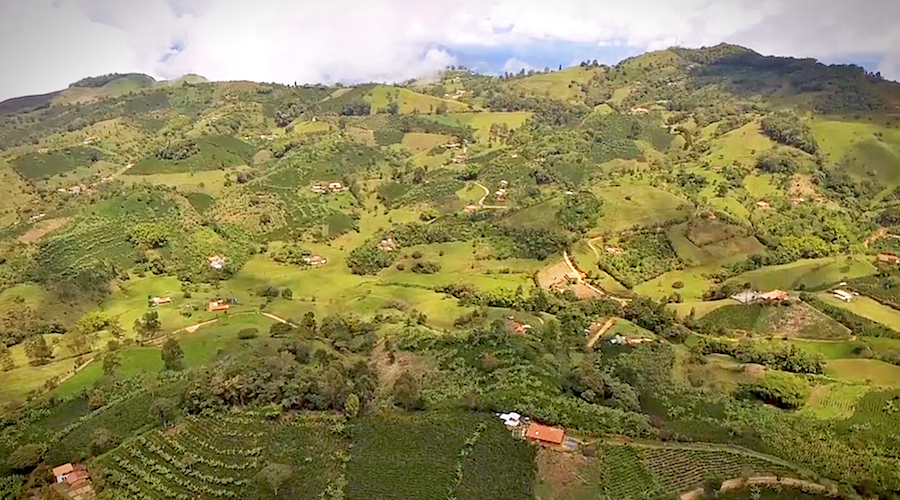
The verdict effectively halted the Antioquia-based project’s development but left the door open for AngloGold to appeal the decision or refile the application.
The South African miner appealed in November after what it said it was “a thorough technical and legal review of the reasons given by the ANLA,” adding information to fill the gaps in its environmental impact study.
These were concerning the definition of the area of influence of the project, the characterization of the hydrogeological, hydrological, geotechnical and biotic components, the tailings deposit and subsidence resulting from the sub-level caving mining method.
“This authority has established that it is not appropriate to unshelve the environmental licensing process, nor is it possible to continue with the administrative procedure, because the company did not provide all the required information, which prevents the adoption of a substantive decision,” ANLA said in a statement published by local media.
ANLA’s decision means the company will have to file a new environmental impact assessment (EIA) if it wants to proceed with permitting the project.
It is understood AngloGold plans to submit a fresh EIA in 2023 for the proposed mine, which will produce gold and silver as by-products.
Quebradona is expected to be the largest copper development in Colombia, with production estimated at 137 million pounds copper concentrate annually over a 22-year phase one mine life. AngloGold has been shifting focus from the home country to more profitable mines in Ghana, Australia and Latin America as the industry in South Africa dwindles amid power cuts, soaring costs and the geological challenges of exploiting the world’s deepest deposits.




